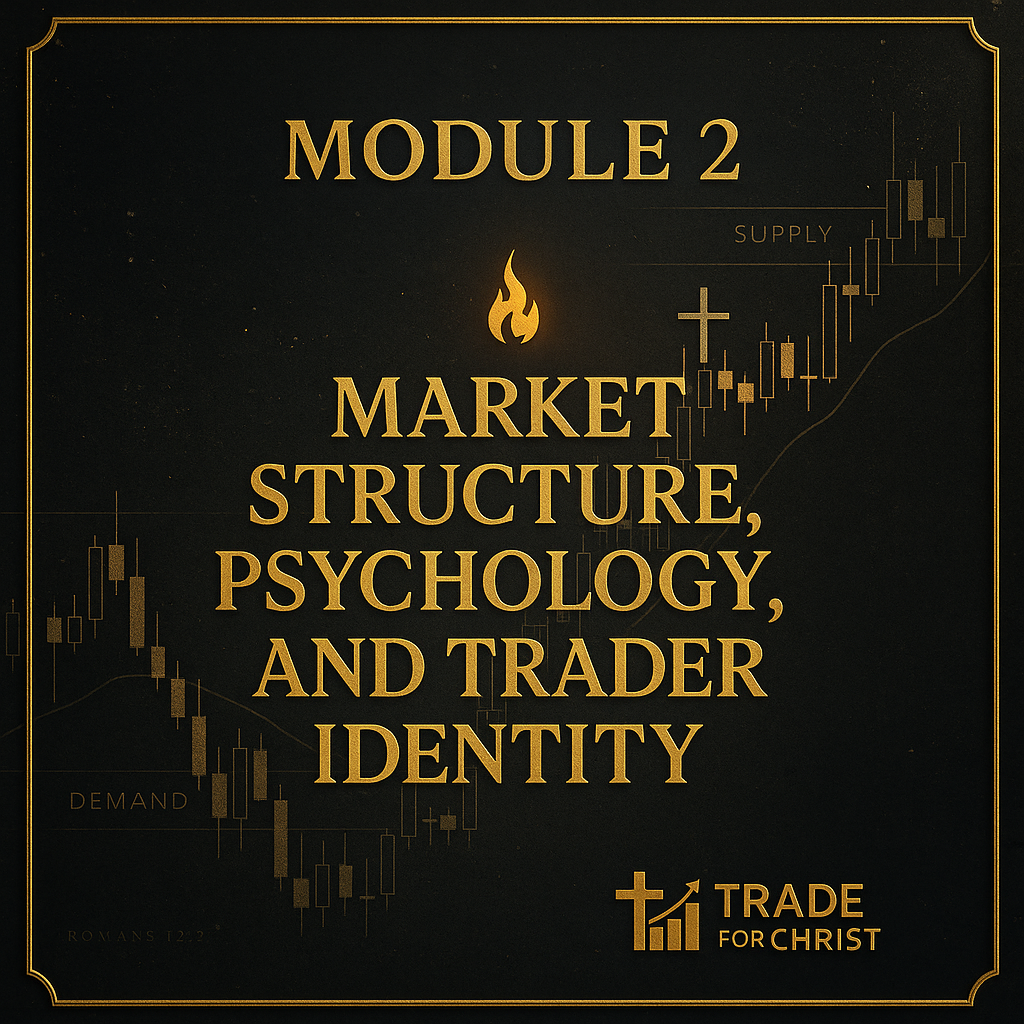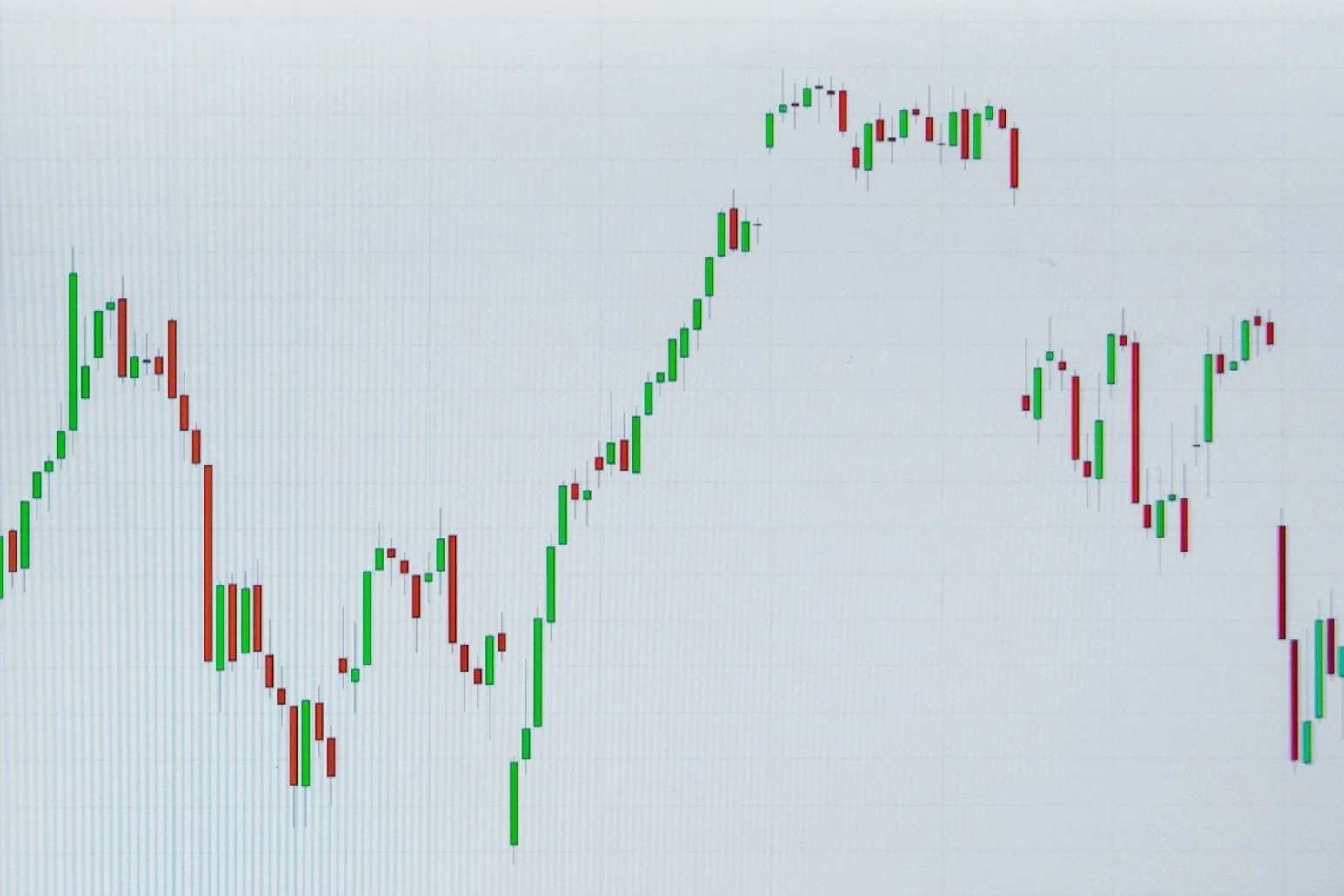Markets don’t move randomly. They move in waves—rising, pausing, reversing—each swing a reflection of the shifting relationship between buyers and sellers. This is market structure: the unfolding narrative of price written in highs and lows, breakouts and reversals.
Understanding market structure is critical because it reveals intent. A break of structure (BOS), where price moves past a prior high or low, signals potential strength in a new direction. These movements aren’t just numbers on a screen—they're the footprints of decision-making, of collective belief and fear. When we identify higher highs and higher lows, or lower highs and lower lows, we begin to see the rhythm. We stop reacting and start interpreting.
But market structure alone isn’t enough. We must understand the invisible forces behind it—liquidity and manipulation. Retail traders often leave clusters of stop losses around obvious levels. Institutions know this. They target these zones to fill large orders. What looks like a breakout is often a setup. A trap. Understanding liquidity—where it rests and how it gets hunted—is one of the great secrets to navigating the market like a professional.
Beyond charts, though, lies the real battleground: the mind. Fear, greed, and impatience are the invisible currents that distort perception. How often do we take a trade not because it’s part of our plan, but because we feel like we’re missing out? How often do we hold losing trades hoping they’ll turn because we can’t emotionally accept the loss?
This is where identity matters. You don’t just need a strategy—you need a standard. You don’t rise to your goals—you fall to your systems. When you know who you are as a trader, your decisions become consistent. You stop trying to chase every candle and start stewarding every opportunity. Your identity becomes your edge.
The key is to build your Trader Identity Statement. A simple declaration rooted in discipline and truth: “I am a focused, patient steward of capital. I act with clarity, not emotion. I trade plans, not feelings.”
In this lesson, you’ll practice marking structure, identifying breakouts, and reflecting on your own decision-making. You’ll begin to ask better questions: Was this BOS valid? Was that move real or engineered? Was I calm or reactive?
You’ll learn to journal your thoughts—not just after trades, but before them. What emotion were you feeling? What voice were you listening to—wisdom or impulse?
And you’ll begin to understand that just as charts have structure, so must your mindset. The same God who set the stars in order has called you to order your actions too.
Your heart may deceive you. The market certainly will. But structure—truth—endures. Trade from that place. Build your edge there.
-
Add a short summary or a list of helpful resources here.

